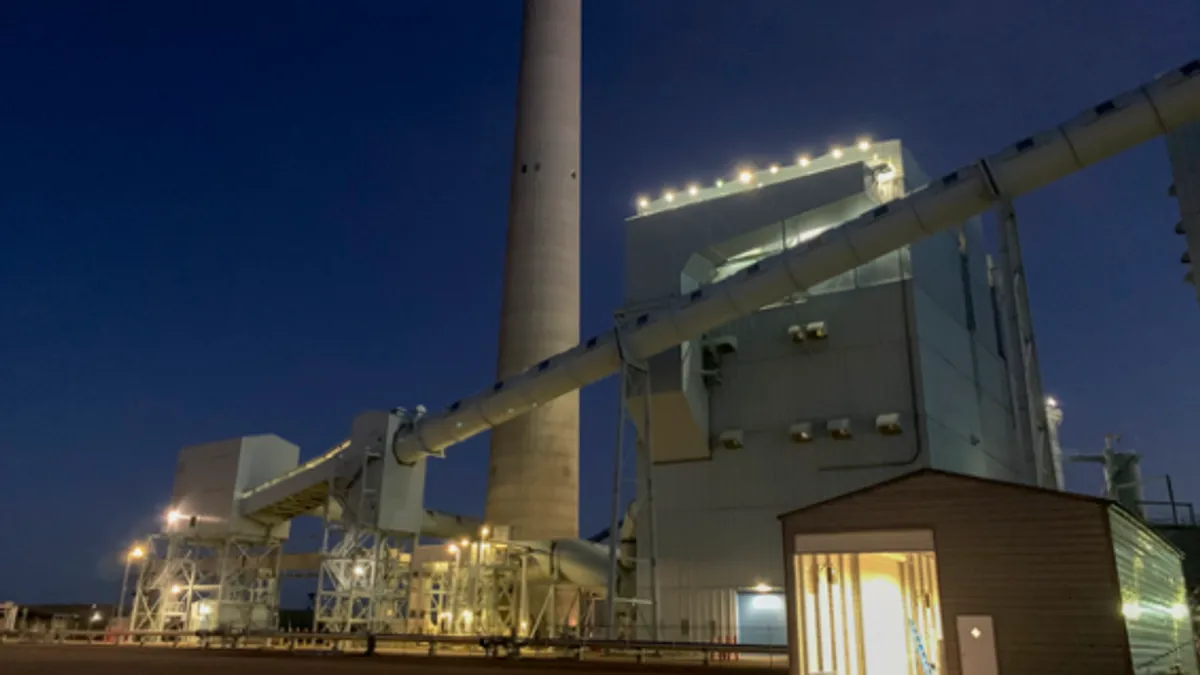Dive Brief:
- A UCLA research team has received a two-year, $2 million grant from the U.S. Department of Energy to support development of a process that can convert carbon dioxide emissions into construction materials.
- That grant, and an additional $905,000 from UCLA discretionary funds and industry partners, will advance research into capturing carbon dioxide from gas as it exits power plants, cement plants and other producers of carbon dioxide, reducing emissions. The process also cuts down on the use of traditional cement.
- The research team is led by Gaurav Sant, a professor at the UCLA Samueli School of Engineering, who invented CO2Concrete, a form of concrete that is made in part from carbon dioxide emissions.
Dive Insight:
Sant, who is also the director of UCLA’s Institute for Carbon Management, said the product will have a carbon footprint 50% to 70% lower than that of regular concrete used in construction. The production of cement results in more than 8% of annual man-made carbon dioxide emissions.
Sant's team also is one of five finalists competing for a $7.5 million prize in the coal track in the NRG COSIA Carbon XPRIZE, which is seeking the most viable technology for turning carbon dioxide emissions into valuable products. Originally scheduled for February but delayed due to the COVID-19 pandemic, the final round of competition began in June, when the UCLA team moved to the Wyoming Integrated Test Center to demonstrate its system on an industrial scale. The test center is part of Dry Fork Station, a coal-based power plant outside of Gillette, Wyoming (shown above).
The demonstration will run for 90 days and produce more than 140 metric tons (over 300,000 pounds) of CO2Concrete, according to the team. Some of the resulting product will be used for small projects on the UCLA campus, and some will be donated for use at construction sites elsewhere.














